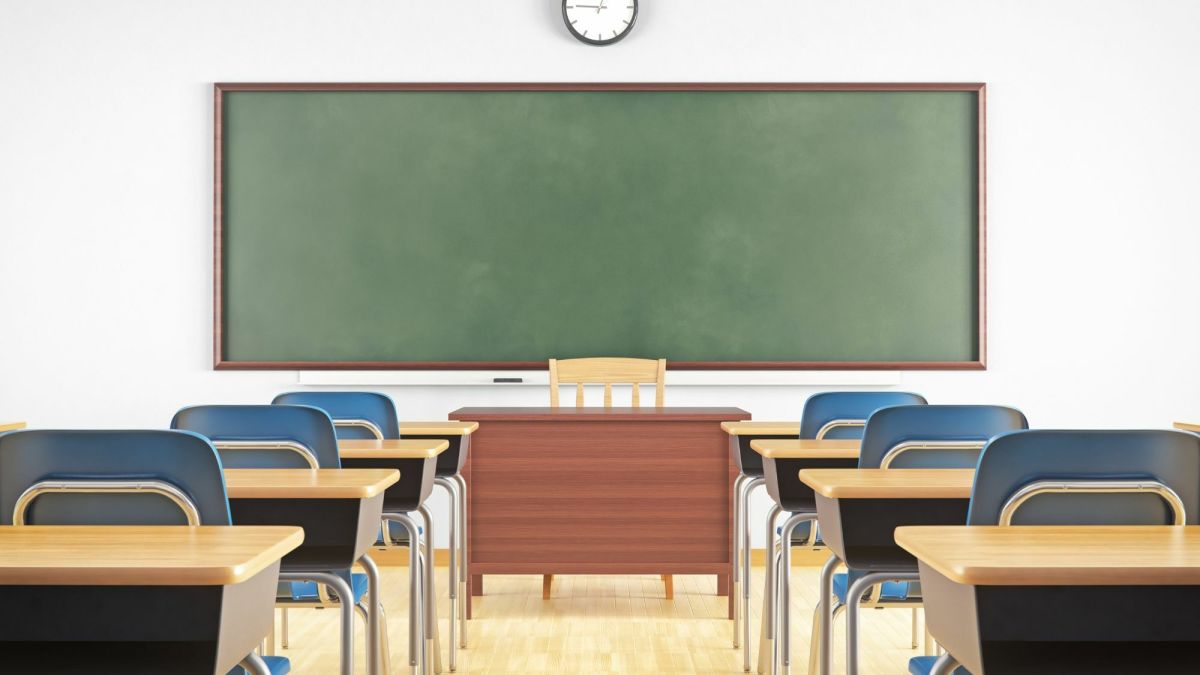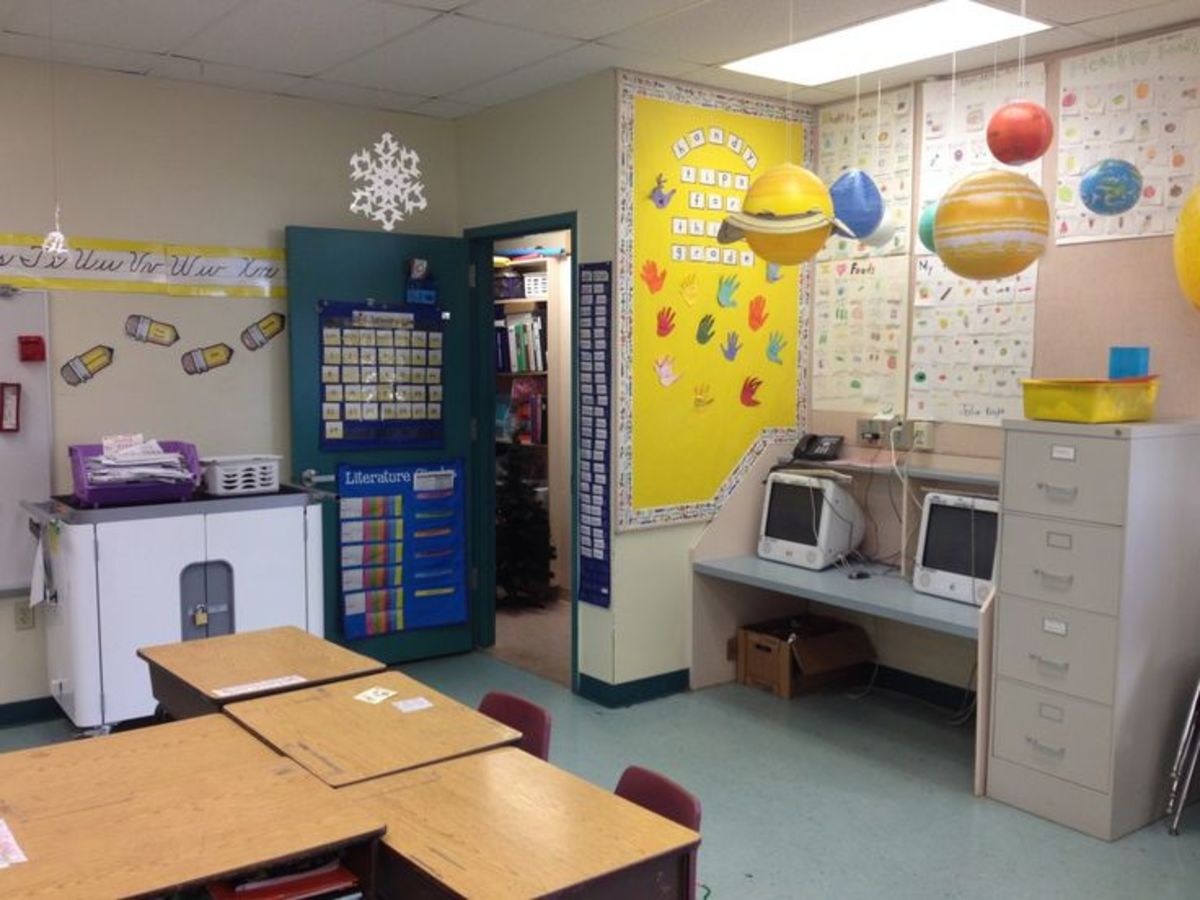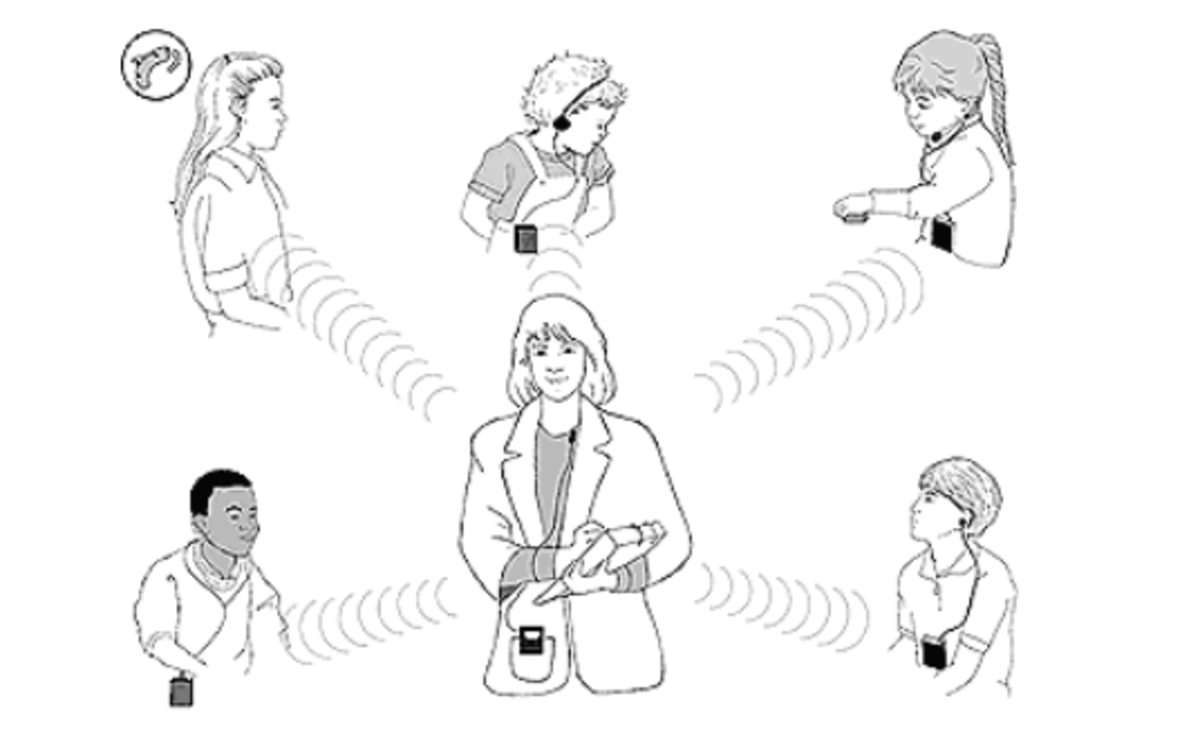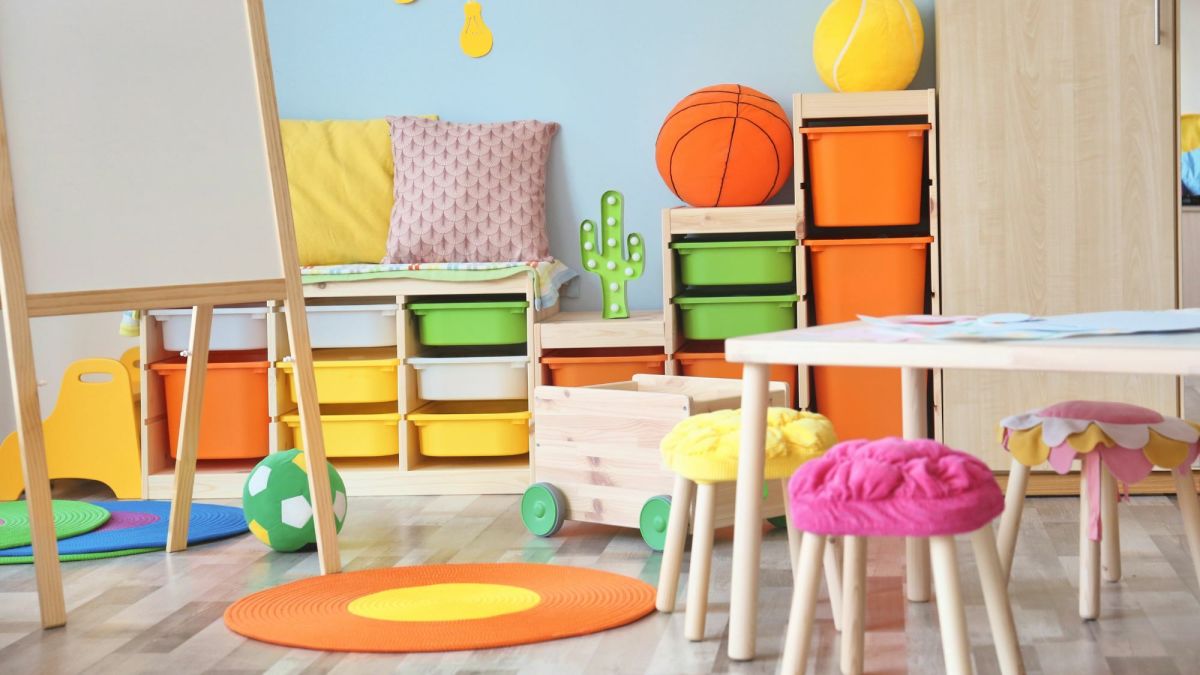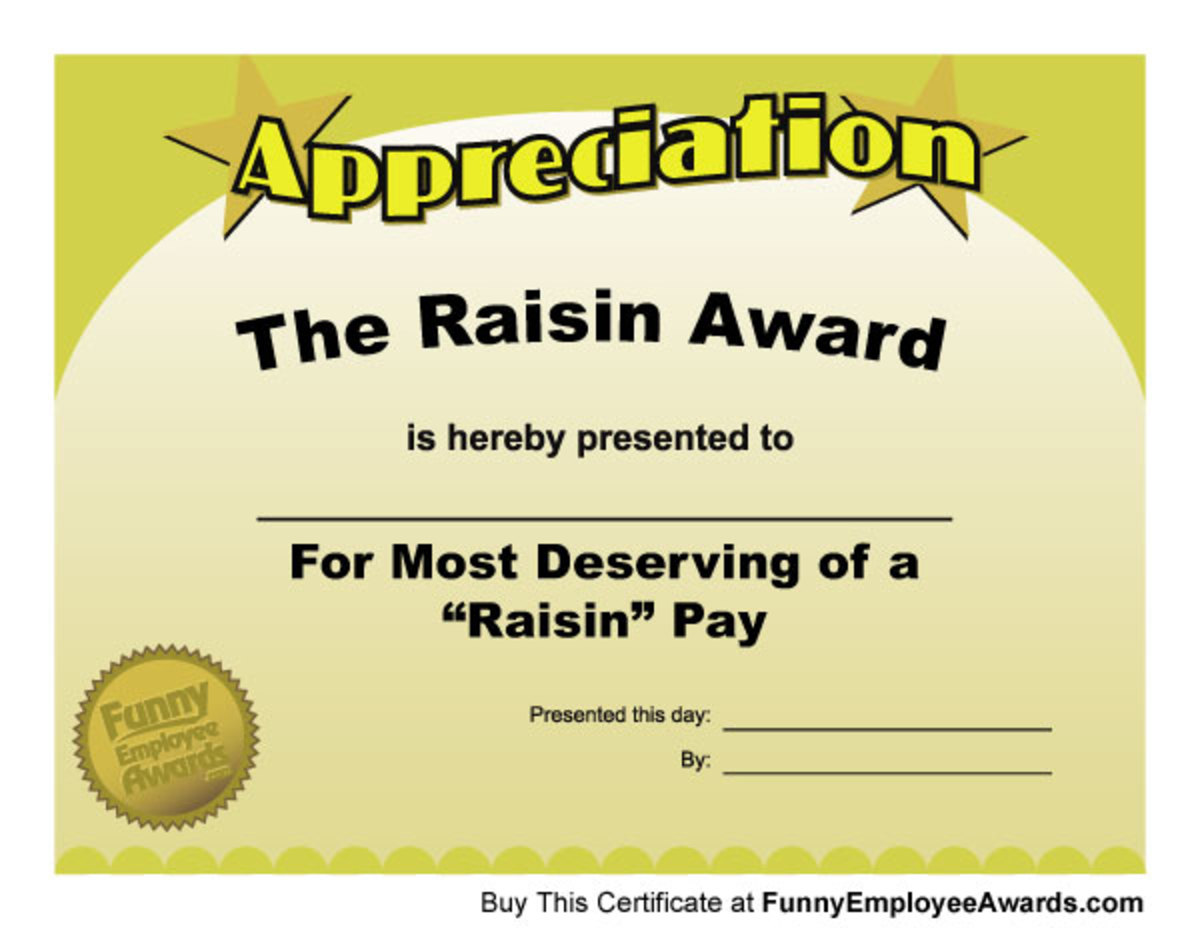Understanding an IEP
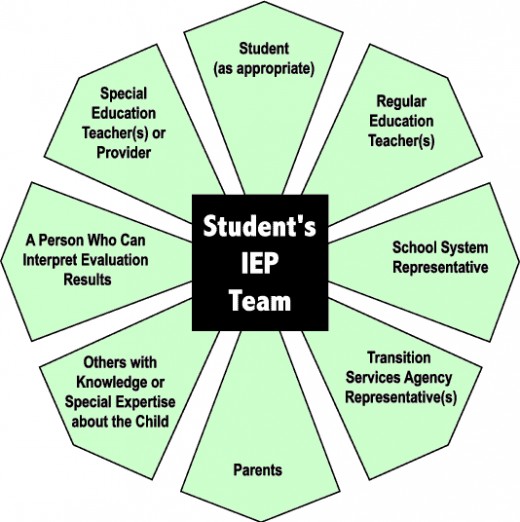
For those of you who have children or loved ones who receive Special Education services, you might dread the acronym, IEP. As a Special Education teacher, I can only imagine being on the other end of the table trying to sort out the legal jargon of the infamous document called an IEP. Let’s begin this deconstruction with the basics.
What Is It?
An IEP stands for an Individualized Education Plan. It is a multiple paged plan that is written for any student who receives Special Education services. This legal document details how a particular student will receive the appropriate services needed to accommodate their specific disabilities. Each year it is re-written to update goals, progress and accommodate where the student is currently, during that particular year.
Who Gets An IEP?
There are different plans for students, depending on their needs. An IEP is a document that is initiated after there have been concerns raised that a student is behind his or her peers in any of the academic areas, and/or social/behavioral areas. This can happen at any time in a child’s life beginning at pre-school, throughout high school. Once a concern has been raised by the parent, the teachers or other personnel who have reason to be concerned, the team then works on changing how instruction is delivered (ie. additional one-on-one instruction, smaller groupings, or giving a student smaller chunks of work to do--in hopes of seeing whether this makes a difference). If a variety of approaches have been attempted over a significant amount of time, yet the student is still significantly behind, then the student is tested--with parental permission--in all of the identified areas of concern. A meeting is scheduled with parents, teachers, support staff, etc. to go over the results. During this meeting, a determination is made as to whether a student is qualified for Special Education. If the child is qualified, they then design the plan, or the IEP, with goals and objectives. All the goals and objectives are designed to help the student access the general education curriculum in the areas of concern.
Who Writes It?
A special education teacher is typically the person who writes the first draft of the IEP. Although the draft is normally created by a special education teacher, the document is to be created with the input of the parents, school administrators, special education teachers, general education teachers, school psychologist and all supporting staff. Some teams include the student as well to provide input. This means, if there is someone who doesn’t agree with a part of the IEP, they have the right to speak up and say something.
What Is It For?
Under Part B of the Individuals with Disabilities Education Act (IDEA), all students who receive special education services must be provided with an IEP. This written plan includes goals the student is working towards throughout that school year, and ensures that there are measurable ways to see if the child is progressing. It is for the benefit of the student to have an IEP so that his or her needs are clearly stated and all of their teachers, support staff and administrators are aware of, and actively working towards accommodating their needs.
What Is In An IEP?
There are many sections of the IEP. As stated above, each school district's forms may look slightly different. The following components are found in all IEP’s regardless of the format or order.
- Current performance. This section also referred to as PLOP’S (Present Levels of Educational Performance describes how the student’s disability affects their participation in general education classes. Information in this section often comes from an evaluation performed by a psychologist, teacher observations, and classroom or state tests. This section indicates how your student is currently performing.
- Annual goals. These are goals that the student will strive to accomplish that year. Because the goals are re-evaluated throughout the year to see progress, they must be measurable. Goals may be academic, social or behavioral. This section is important as it is where the team will provide input what they wish to see the student accomplish. As a parent, teacher, or administrator, each person will provide unique and vital input necessary for developing the student as a whole.
- Special education and related services. This section lists the special education and related services that are to be provided. Included, are supplementary aids and services that the child needs. An example of this service might be special transportation for the student.
- Participation with non-disabled children. This section states and explains when the student will be be exempt from participation with the general education students--whether in class or other activities.
- Participation in state and district-wide tests. This is the section listing the district and state tests that are given. It also outlines which accommodations or modifications the student will receive during those tests. If the student will not participate in a state or district test, it must state why.
- Dates and places. The IEP must state when services will begin and when it will end. Services begin after the IEP meeting has taken place, and are effective for one calendar year.
- Transition service needs. This section of the IEP states the courses he or she needs to take, in order to reach his or her goals after graduation and beyond.
- Measuring progress. This section lists how the student is doing in terms of working toward the annual goals. It also states how the parents or guardian will be notified of this progress.
What Is the Difference Between an IEP and a 504 Plan?
If a child has a disability, is able to keep up with peers academically, but has problems accessing the curriculum, then there is a plan called the 504. An example of this would be a student requiring large print books or notes because of impaired vision. Another example, would be a student who must arrive at class late, or leave early because they are in a wheelchair. These are accommodations, but the curriculum and academic expectations are the same as for any other student, it is not modified as in an IEP document.
Important Tips to Remember:
1. Attend IEP meetings - Attend the IEP meetings and any other meetings that are held on behalf of your student. If the time suggested does not work for you as their guardian, make it clear that you want to be present and suggest finding a time that works for you to attend.
2. Ask questions - If you don’t understand something in the IEP, ask a teacher, administrator or support staff. An IEP is a complicated document that you should understand a little more after reading this--however, there will always be questions that will arise so shamelessly ask until you understand.
3. Give your input - It is your child, and you know him or her best. Share the strengths and weaknesses you see in your child. These are important points that are all helpful when creating a current, accurate and effective IEP.

